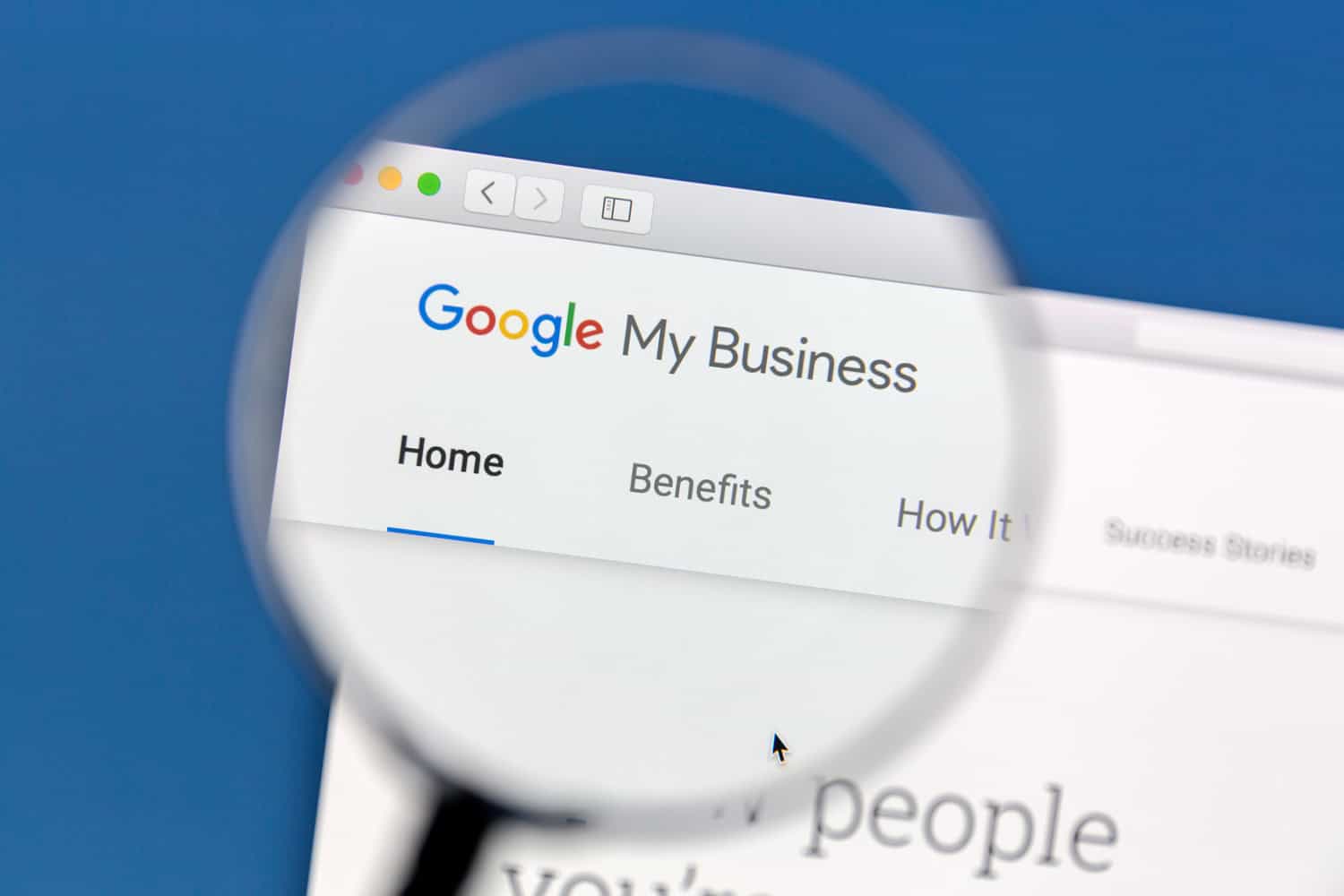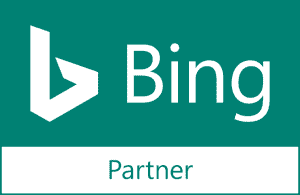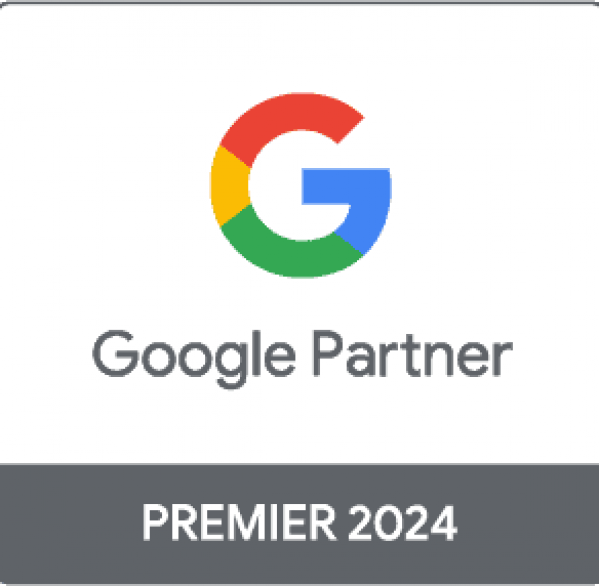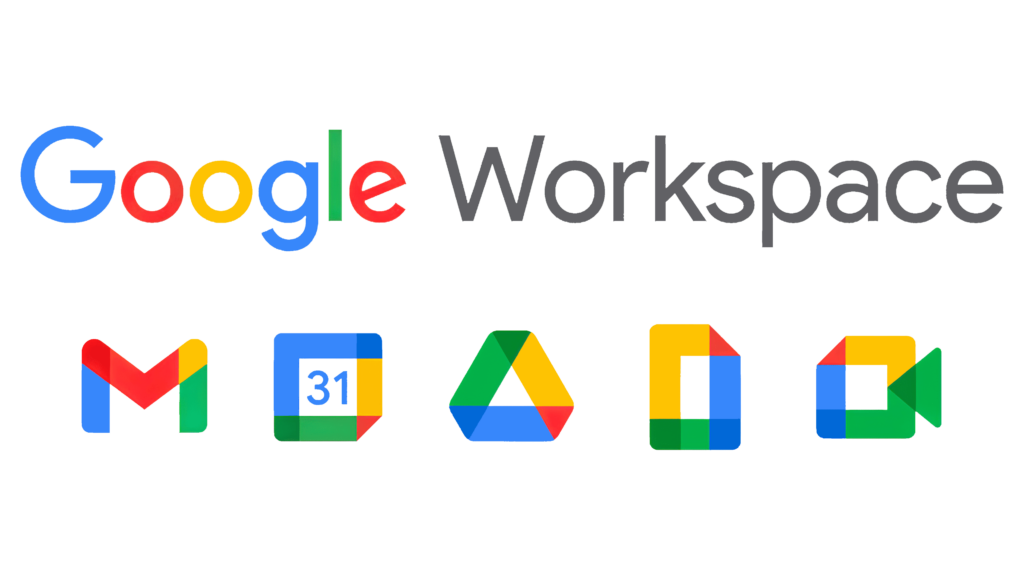Filling Out All Of Your Information
Google My Business has changed a lot over the years and now includes tons of interesting features, but first, we need to start with basic information users are going to need in order to interact with your business both digitally and physically. Google My Business optimization is an essential factor in local SEO.
Click on Info.

Next, make sure your business name is correct, then move onto the categorization segment directly underneath your business name. It’s now time to find the right category or categories. Yes, you can have more than one, and if your business fits into more than one category, try and set them all. You can choose 10 categories in total with one primary category. You want to make your primary category the one that is most encompassing of your business – the one you want to rank the most for – with additional categories that correspond with it.
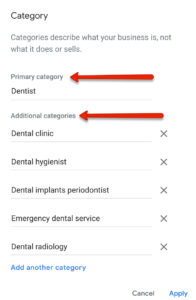
Next, make sure the address is correct. If your business is located in a complex, click Add Line and enter the Suite.
Once everything is filled in, the location should be pinpointed in Google Maps. Now hit Apply.
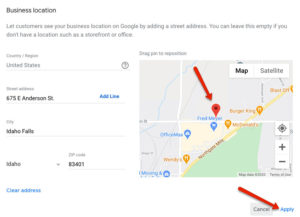
Now we move onto Service Area. If your business delivers products and/or services to surrounding areas, list them here.
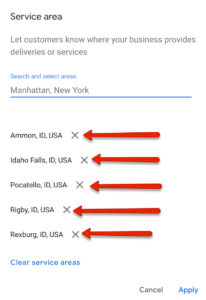
Next you want to set your business hours. This part is fairly straightforward, and don’t worry – if you need to add additional hours for a specific day (for instance, if on Tuesdays and Thursdays you’re open from 8AM – 11AM and then from 1PM – 5PM) Google My Business gives you that option.
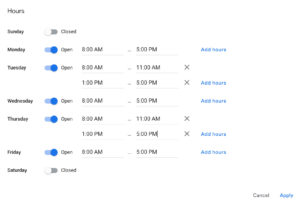
Below hours we have yet another option called More hours – here you can set drive-through hours, pickup hours, takeout hours, and so on.

Now set your phone number. Here, too, you can add multiple phone numbers with a primary number and additional numbers.
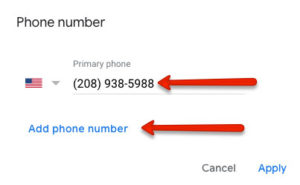
Onto the Short name. This is a way of making your Google My Business profile easier for customers to find and gives your listing a custom URL. Simply type in your desired Short name and hit Apply. Now, when the URL g.page/[yourcustomname] is entered into the address bar, your listing will immediately come up.
Keep in mind, Google allows you to change your Short name 3 times per year.
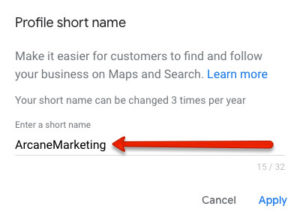
Now enter the URL of your website. If your business has more than one location and includes specific landing pages for each one, enter the respective location page URL that corresponds with your listing.
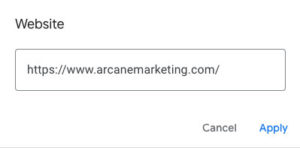
The Appointment links section is where you can include URLs to your website for people to make appointments, usually via an online forms. If you don’t have a section like that on your website, simply link to the Contact page.
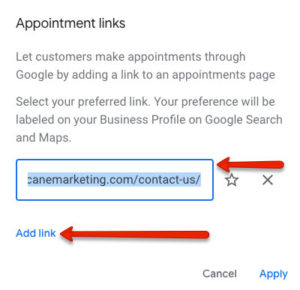
The Product section allows you to add images, product names, price ranges, descriptions, and links to the respective pages on your website that include your products; if you are using a WooCommerce website, getting your products up on Google My Business is essential.
Products on Google My Business can also be categorized, so be sure to set the right category for your product. It’s important to keep everything organized for better user-experience.
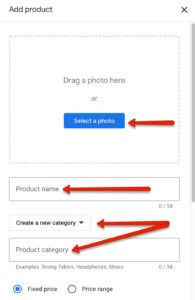

Many of the same principles apply to the Services section. Here you can utilize categories and sub-categories which include names, descriptions, and prices.
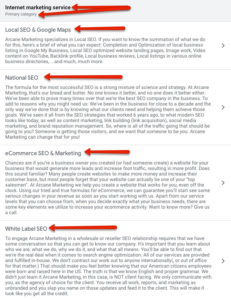
The Attributes section allows you to show different attributes of your business that users might be interested in – veteran-led, appointment required, wheelchair-accessible, etc.
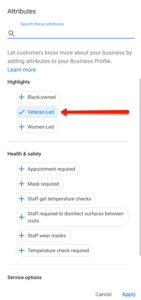
Now for the Description. This is your time to really shine – tell users exactly who you are, what you do, and what you have to offer them. Try to avoid corny language and cliches; make your business stand out from the competition and try to speak directly to your target audience.
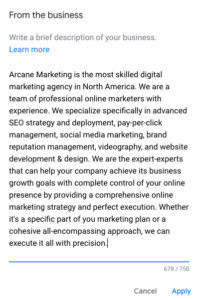
Below the description page is the Opening date section. It’s very straightforward, and if you’ve been in operation for a long time, it’s a really good idea to set this – people like seeing that a business has been operating for a while.
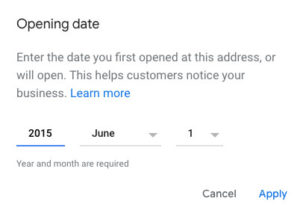
Finally, we come to the Add photos section. Here things are broken down into a variety of sections, namely:
- Overview
- By Owner
- By Customer
- 360
- Video
- Interior
- Exterior
- At Work
- Team
- Identity
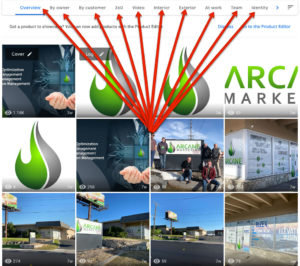
Make sure you are using relevant images for each section, and the images should have actually been taken at your business location; avoid stock images or screenshots – you want this part to appear natural, human, and authentic.
Utilizing Posts In Google My Business
Google My Business lets you post offers, updates, events, or new products you’ve added to your product line. These can include images or videos, titles, descriptions, start and end dates, and links to your website.
Using the Posts feature frequently is a good way to increase conversions, especially if you’re making interesting and relevant posts on a regular basis.
Creating A Google My Business Listing
If you don’t already have a Google My Business listing for your business, the time to create one was yesterday. If you have a listing already but don’t have ownership of it, you need to claim it – we’ll cover how to claim a Google My Business listing later on.
First, go to https://www.google.com/business/ and sign in. If you have no prior listings created under your account, you should immediately see this.

Start by typing in the name of your business. If nothing comes up, go ahead and click on “Create a business with this name”. For the purpose of this post, we’ll create a dummy listing called Ultra Fun Awesome Store.
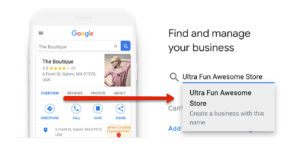
Select that and in the next section, simply hit Next.
Now it’s time to categorize your business. This will be the main category and you will be allowed to set secondary categories later on.
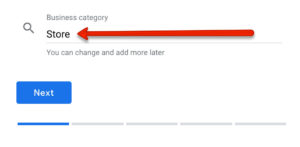
Now it will ask if you offer services at a specific location. Simply answer.
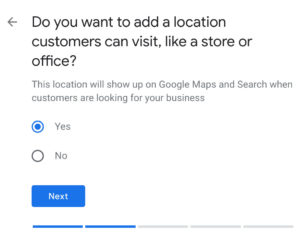
Now enter the address of your business.
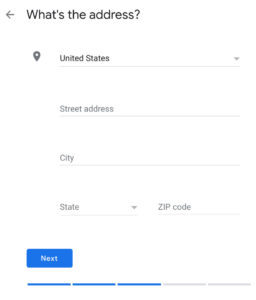
If you serve customers outside your business location, select yes and fill out the service areas.
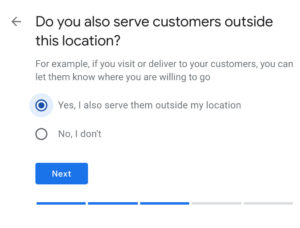
Now plug in your business number and website.
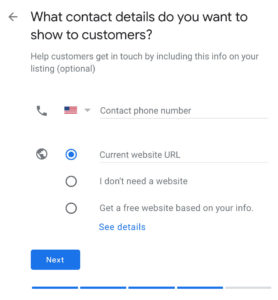
Now for verification – Google needs to know you’re a real entity operating somewhere in the area with a physical location of some kind. (No, a PO box won’t work.) So, simply type in the main contact name of your business and Google will send a postcard with a PIN code to the address you put in previously. It usually takes about 3-5 business days.
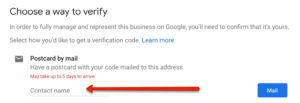
Once you receive the postcard, enter the PIN in the Pending verification box in the Home section of your Google My Business page to verify your listing.
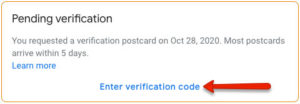
How To Claim A Google My Business Listing
If a listing for your business already exists but you don’t have ownership of it, type in the name and location of your business and click the Own this business? link.
You’ll be taken here.
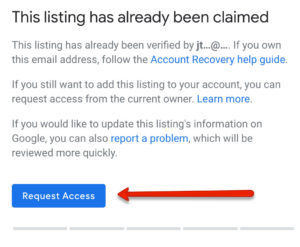
Click Request Access. After that, you’ll be taken here.
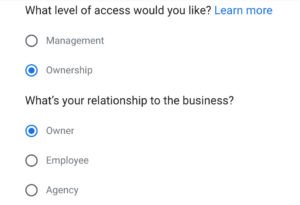
You want your email address visible to whoever owns the listing. You also want to select Ownership and list yourself as the Owner.
Note: There can be more than one owner of a business listing, with a single primary owner.
In time, you should receive an email granting you Ownership access.
How To Deal With Duplicate Google My Business Listings
You don’t want more than one Google My Business listing for the same business at the same address because they will be competing with each other on Google. One may have little-to-no information or incorrect information, no reviews, no link to your website, and users can still see it.
What you need to do here is merge the two listings.
2 Listings With The Same Address
If both of these listings are verified, you must first unverify the listing you don’t want (the one you want merged) as Google can’t merge 2 listings that are both verified. Obviously, you will need Ownership access to both of these listings.
Once you have the desired Google My Business listing verified and the undesired one unverified, get the URL of both listings (save them in your notes). Now, contact Google My Business and ask them to merge both listings.
2 Listings, But With Different Addresses
If the undesired listing is from the business’s old location – the address being that of the old location – then you need to contact Google My Business via Twitter Support – @googlemybix – and request they mark that the listing has moved. You can also use the general GMB contact form.
If the undesired listing has an address where the business was never located, make sure it’s unverified and merge the two listings. You can also find the listing on Google and select Suggest an edit. Then, select Remove this place.
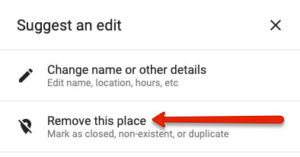
Google My Business Fields That Impact Rankings, And Those That Don’t
Rankings for your GMB listing will be affected by the following fields:
- Business Name
- Categories
- Website Field
- Reviews – obviously, the better reviews your listing has, the better you’re going to rank.
Fields that have no impact on rankings include:
- Services
- Products
However, this is not to say they aren’t important – they’re vital for providing better user-experiencing and encouraging conversions.

